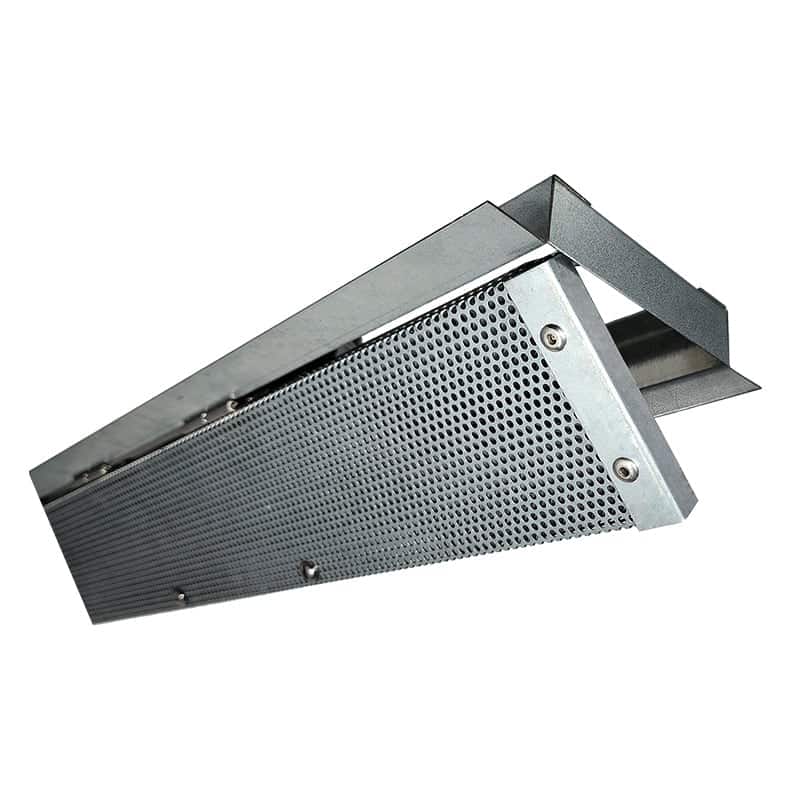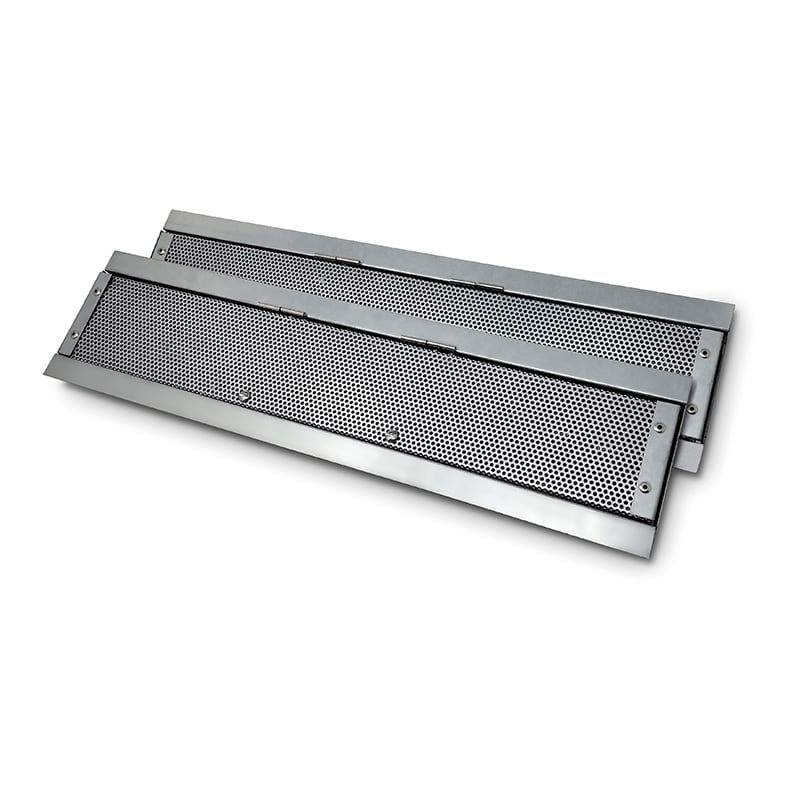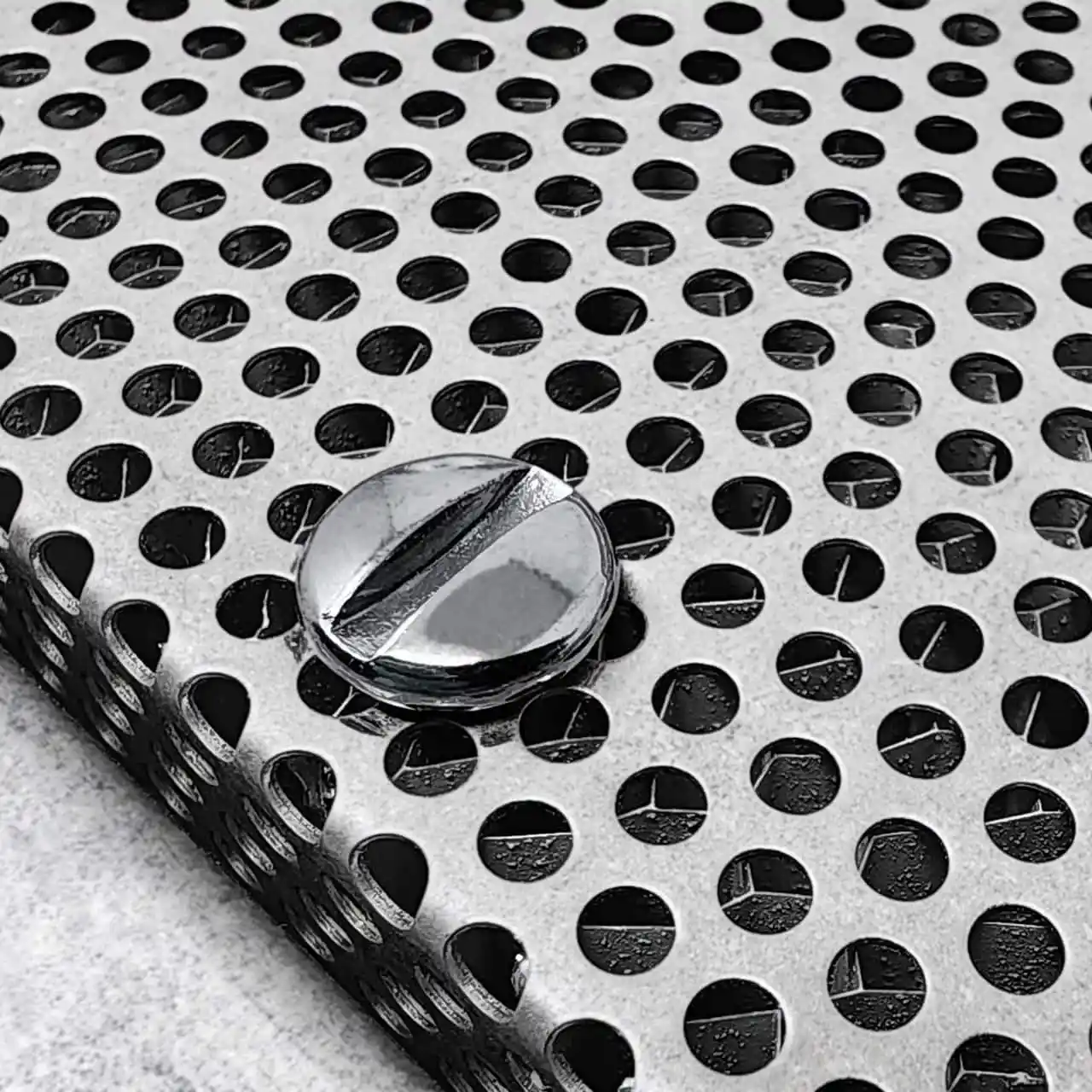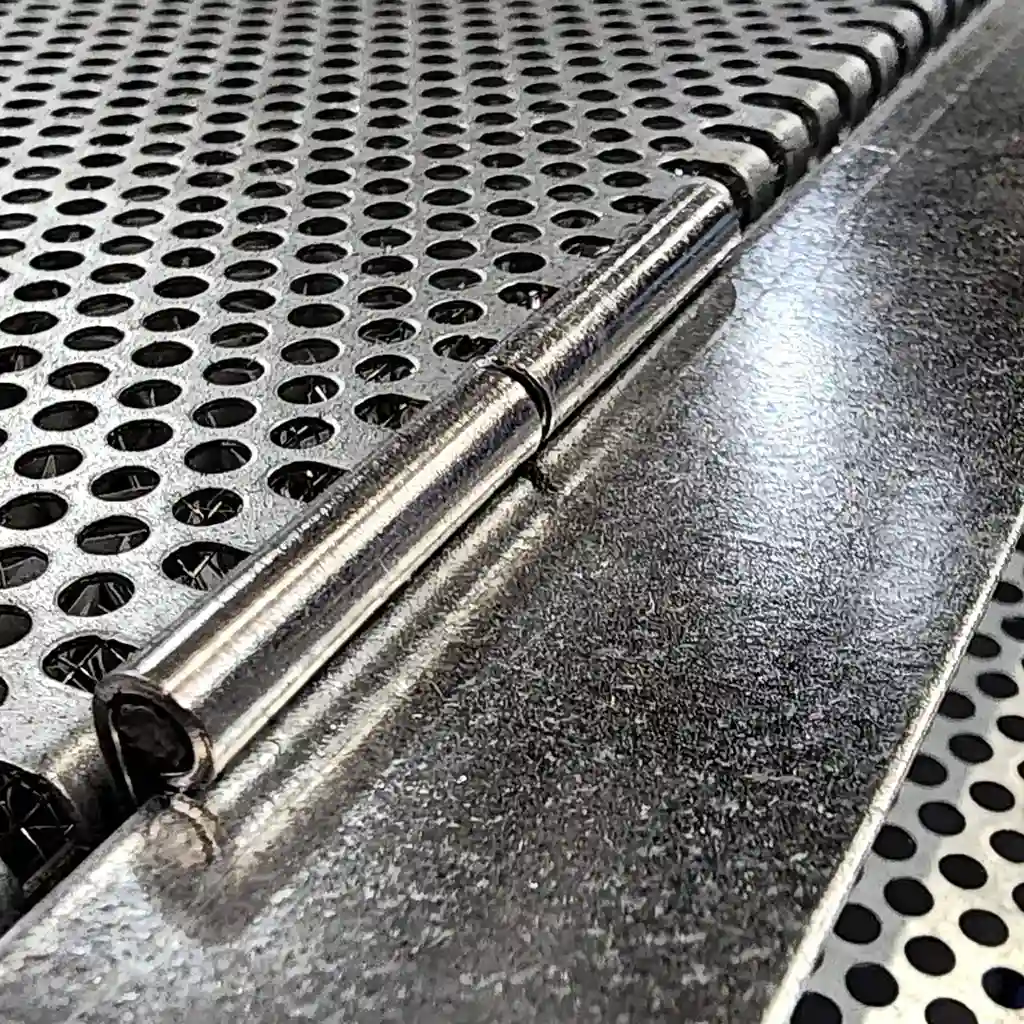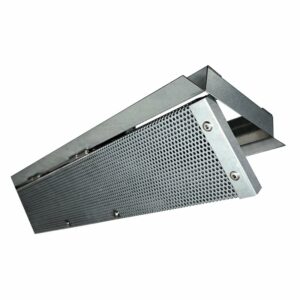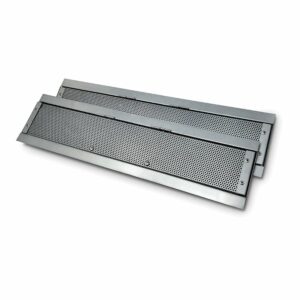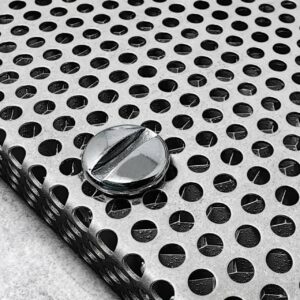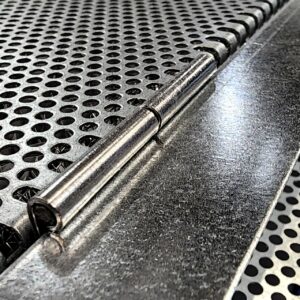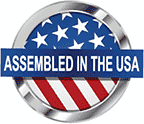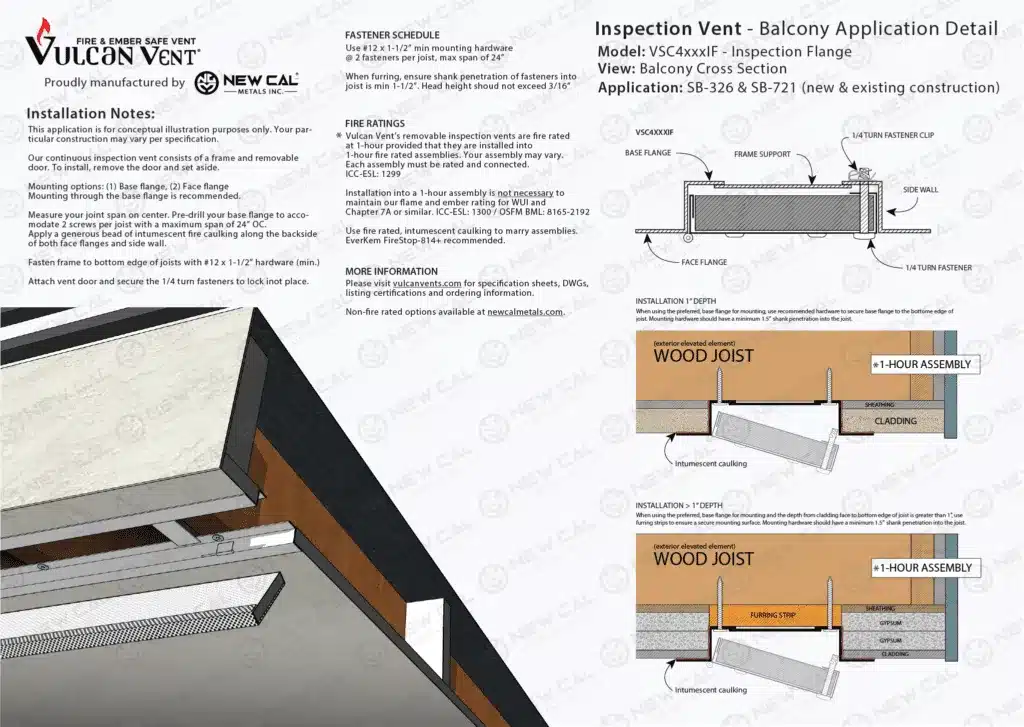Balcony Inspection Vents
Removable Balcony Vents to comply with SB721 and SB326
Balcony Inspection Vents were developed in response to SB-721 and SB-326, which were enacted to address significant concerns with “Exterior Elevated Elements” and the need for repairs in 19% of such structures. As per the new laws and the California Building Code, one of the mandatory requirements is the installation of vents on balconies and similar structures. These vents enable easy access for inspectors to assess the structural integrity of the extended elevated element. Our Balcony Inspection Vents not only comply with SB-721 and SB-326, but also undergo rigorous testing, including California Building Code Chapter 7A, ASTM E2886 & E119, and hold approvals from Cal Fire. Moreover, they meet all requirements for use in high-risk wildfire areas (WUI).
Our balcony vents pass all necessary building codes.
- Designed for SB 326 & SB 721
- Chapter 7A, WUI compliant
- 1-hour fire rated
- CRC tested and listed to ASTM E2886 (Flame & Ember Intrusion)
- Tested and listed to ASTM E119 (1-hour fire rating)
- CAL Fire approved
- Canada/ULC-S101 compliant
Available in 4” width X 2’, 3’, 4’, 5′, 6’, 7′, 8′, 9′, 10’ lengths.
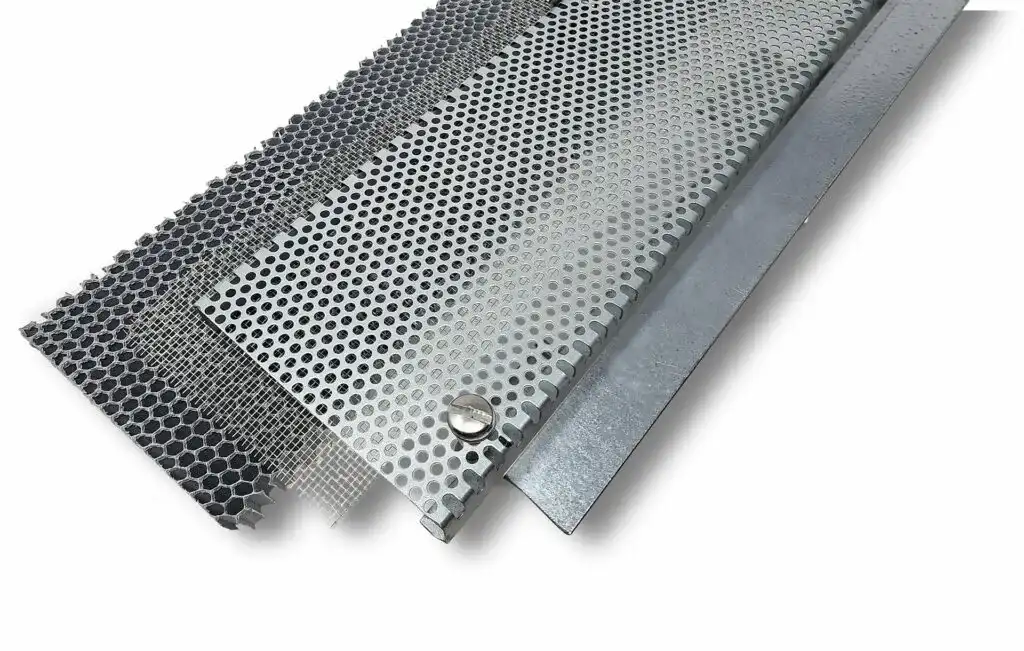
Perforated steel door for maximum airflow
Heavy duty hinges and rugged frame for extended durability
Quick turn screws for easy access
The Intumescent Honeycomb Coating layer reacts to heat and swells up to block heat and flames.
304 Stainless steel mesh provides protection against wind-blown embers.
Installation Instructions
Our removable inspection vents are designed for horizontal installation under decks, balconies, walkways, stairways and soffits.
Due to the variety of building applications and materials, we have provided a generic installation guide outlining the key specification points for your reference. For model specification sheets, please refer to the table below.
Elevate Protection with Cutting-Edge Fire Vents!
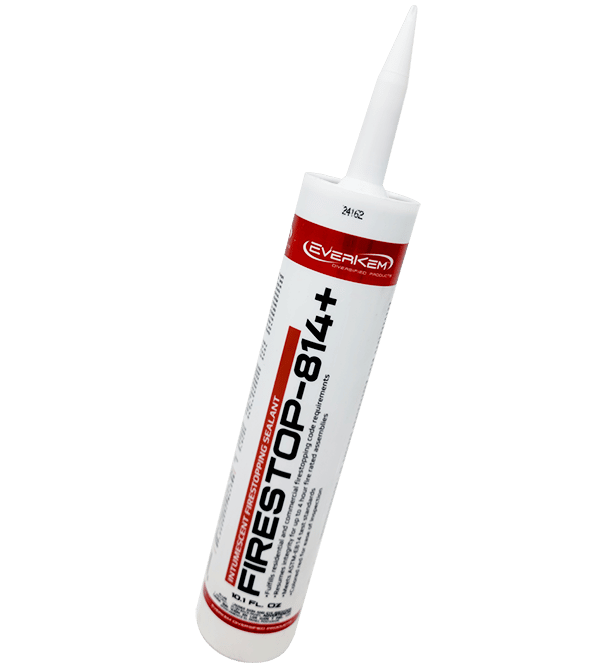
Use EverKem Fire Caulking
- We recommend using EverKem 814+, intumescent fire caulking with all installation of Vulcan Vents.
- Our round eave vents are the exception: EverKem 136, mortar based caulking should be used when mounting hardware isn’t an option and flanges are minimal.
- INSTALLATION: Prior to installing the vent, run a bead of EverKem behind the nailing flange to ensure an air tight seal where the vent meats the building material. This ensures that no gaps are present between the vent and your building material where flying embers might enter!
For ordering information, visit out our Store Locator for nearest retailers.
It’s time for your home to protect itself.
* For coastal environments, copper, stainless or powder coated finishes are highly recommended. *
Flange Styles
Standard Finishes
G90 Galvanized, Stainless, Copper, Powder Coated
Buy Direct
(916) 652-7424
Email
info@vulcanvents.com
Why are balcony inspection vents required?
SB 326
Senate Bill 326, also known as SB-326, was enacted in California to address critical concerns regarding the safety and structural integrity of “Exterior Elevated Elements” in multi-family residential buildings. The bill was a response to unfortunate incidents involving balcony collapses, emphasizing the need for preventive measures and regular inspections. SB-326 mandates the installation of balcony inspection vents on these structures, facilitating easy access for inspectors to evaluate the core structural components. By requiring the use of these vents, the bill aims to enhance safety standards, prevent potential accidents, and ensure that balcony structures are properly maintained and in compliance with the California Building Code. The implementation of balcony inspection vents as per SB-326 demonstrates a proactive approach to safeguarding the well-being of residents and enhancing the overall structural integrity of multi-family residential buildings in California.
Senate Bill 721, also referred to as SB-721, was enacted in California in response to a series of tragic incidents involving the failure of “Exterior Elevated Elements” in multi-family residential buildings. The bill was introduced to address the need for enhanced safety measures and regular inspections of these structures to prevent future accidents. SB-721 specifically mandates the installation of balcony inspection vents, which provide convenient access for inspectors to evaluate the structural integrity of balconies and similar elements. By requiring the use of these vents, SB-721 aims to ensure that property owners and managers are proactive in maintaining safe living conditions for residents. The implementation of balcony inspection vents as per SB-721 emphasizes the commitment to improving the safety standards and overall well-being of residents in multi-family residential buildings throughout California.
SB 721
Cost-effective maintenance and inspections
save money in the long run
Inspecting a balcony without a dedicated balcony inspection vent can not only be costly and destructive but also compromises the safety of homeowners and their loved ones. Without a proper access point, conducting thorough inspections becomes challenging, increasing the risk of overlooking potential issues that could pose a danger. A balcony with hidden structural problems, such as rot, deterioration, or weak supports, can lead to catastrophic failures, jeopardizing the well-being of those using the balcony. By installing a balcony inspection vent, homeowners ensure the safety of their families by providing inspectors with easy access to thoroughly assess the balcony’s condition. This proactive approach allows for early detection of any underlying issues, enabling timely repairs or maintenance to prevent accidents and protect the occupants from harm. Investing in a balcony inspection vent not only saves costs and minimizes damage during inspections but, more importantly, it prioritizes the safety and peace of mind of homeowners and their loved ones.
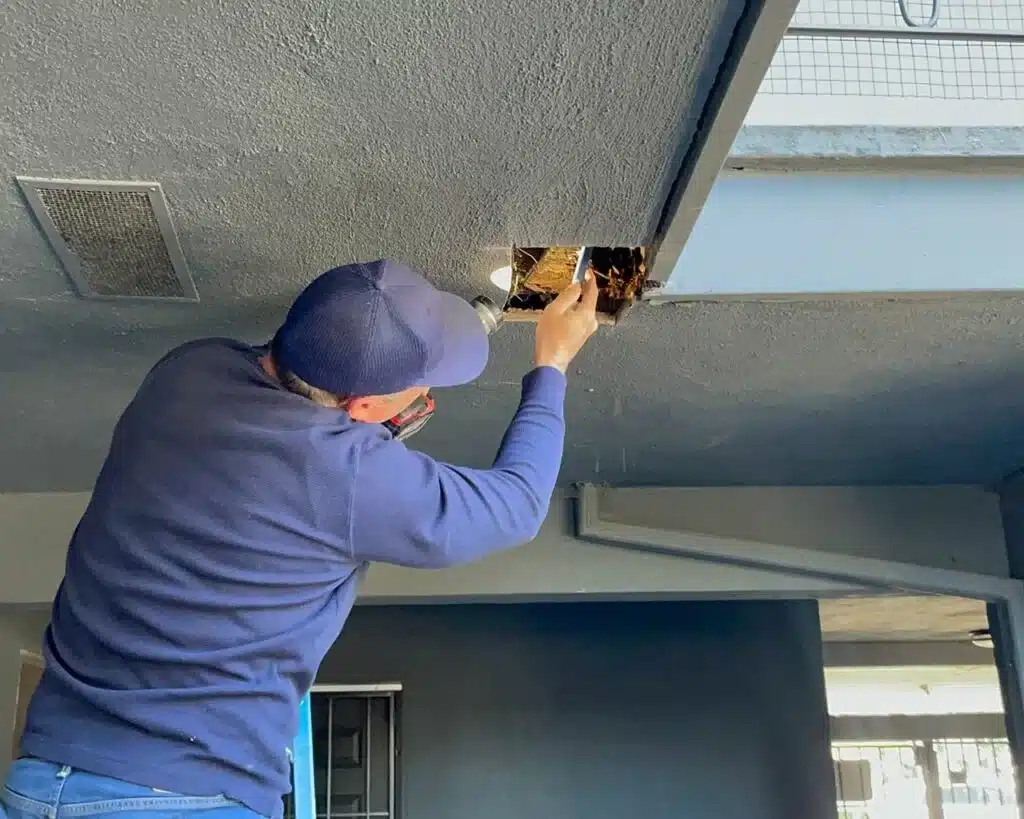
Frequently Asked Questions
The vent on your balcony is called a Balcony Inspection Vent. It is required by the California Building Code and balcony inspection laws such as SB-721 and SB-326. These vents allow easy access for inspectors to assess the structural integrity of the balcony and ensure compliance with safety regulations.
Absolutely! Removable Balcony Inspection Vents are ideal for multi-family buildings as they provide an efficient solution for balcony inspections, meeting the requirements for both new construction and retrofit projects.
Yes, Removable Balcony Inspection Vents are compatible with various exterior wall materials, including stucco. They can be seamlessly integrated into the construction or retrofitting process while maintaining the aesthetic appeal of the building.
Yes, Vulcan Vents Balcony Inspection Vents fully comply with the requirements outlined in the California Senate Bills SB-721 and SB-326. They meet the mandated standards for balcony inspections and the maintenance of exterior elevated elements.
Certainly! Vulcan Vents Balcony Inspection Vents are available in 4″ width and 2′, 3′, 4′, 6′, and 10′ lengths to ensure a perfect fit for a wide range of balconies. This customization option allows for seamless integration with existing structures or during new construction projects.
Removable Balcony Inspection Vents are designed to provide adequate airflow and ventilation to balconies. They help maintain proper air circulation, reducing moisture buildup and potential issues such as dry rot, mold growth, and structural damage.
Absolutely! The design of Removable Balcony Inspection Vents allows for easy installation and removal, making them ideal for future inspections. They facilitate efficient access for inspectors without causing any damage to the balcony soffit or other components.
Balcony inspections should be carried out by licensed architects or structural engineers who possess the necessary expertise and knowledge to evaluate the structural integrity and compliance with the building code requirements.
Yes, Vulcan Vents Balcony Inspection Vents undergo rigorous testing to meet ASTM standards, ensuring their resistance to ember intrusion. This feature enhances the fire safety of the property, particularly in high-risk wildfire areas (WUI).
Happy Clients
Testimonials
